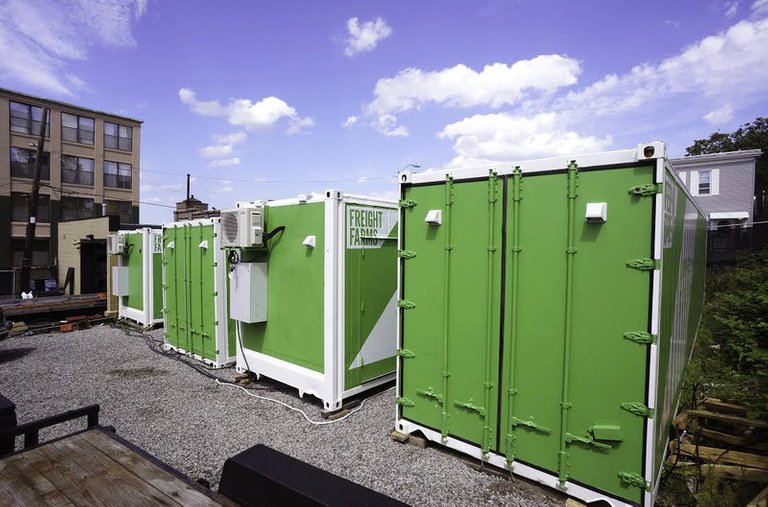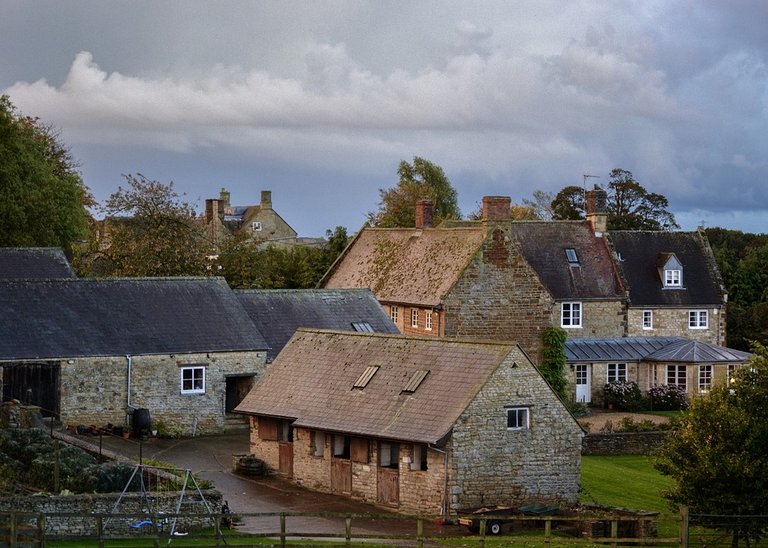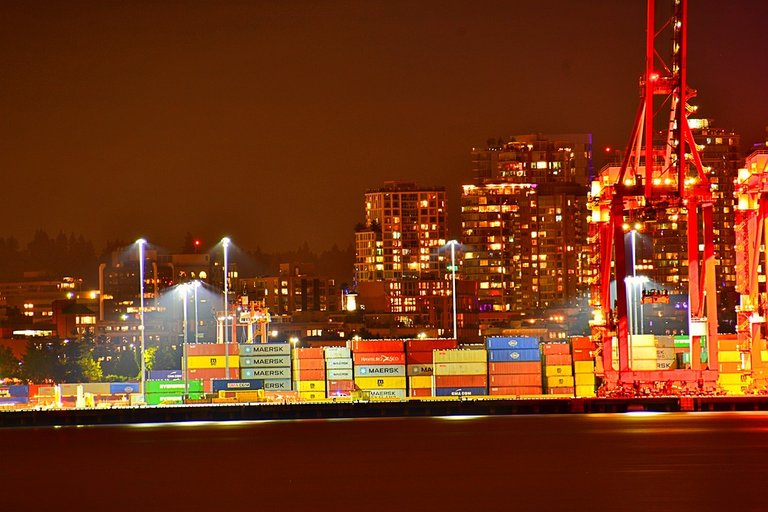Decentralizing The Food System With Vertical Farming

From Japan to the UK, throughout the United States, and elsewhere, vertical farming today is on the rise.
This is one market that is expected to continue growing steadily for the next several years, estimated that it might soon pass a worldwide value of $12 billion or more by 2026.
Vertical farming projects are attempting to provide an alternative growing solution that is one which has been colored as a threat to the overly centralized food system today as we know it. That is because vertical farming enables the decentralization of the system, enabling more people to become involved with food production and be able to produce healthy, quality food in new areas.

Growing food this way offers growers a method for producing food that doesn't involve pesticides, herbicides, and a variety of other chemicals.
They can grow more in a smaller amount of space and can grow using 99 percent less water than traditional growing methods. The ability to grow year-round is also a big plus, which means that vertical farming is able to keep up with commercial demands for many.
There are hundreds of crops that can be grown using vertical growing methods and today there are several projects that are re-purposing shipping containers and turning them into new grow spaces.
From using old shipping containers to make new farm spaces, cannabis lounges, and food courts, it is amazing to see what entrepreneurs have been able to come up with to try and bring value to something that was long considered nothing more than garbage.

Opening The Door For More Growing
The vertical farming initiative is one that arguably lowers the barrier of entry for people who want to get into food production.
Before this option of growing in an old shipping container space, they would often need to purchase a great deal of land which we know today is expensive in a variety of places, unless the individual is willing to uproot their lives and move to the middle of nowhere so to speak, where they don't have any familiar faces around.
Not only would they need to buy the land but they would also be required to pay for the equipment for the farm, or labor etc. Depending on where they bought the land they might also be heavily restricted in what they can grow or what animals they can have on the property.
Now, using much less of an original investment they can get into the business of growing thousands of plants in new spaces around the world.
For colleges, high schools, hospitals, and corporate businesses etc, it is easy to see why they would be eager to embrace this creative solution that acts to solve a pressing need, the need to have a consistent and reliable food supply.
The Science In Vertical Farming
Through the different vertical farming efforts that have been ongoing around the world, those involved have been able to learn about and build more technologies that can improve the farming process and further our understanding of what we are growing and how we are growing.
Incorporating automation and machine learning into the overall system has enabled them to come up with various new developments. The vertical farming effort is one that is regarded as an AI revolution of sorts within the agriculture industry. Growers are harnessing the power of technology to help them get the growing done but also to improve the results where it might be possible.
Some have even gone so far as to suggest that the overall future of agriculture might be computerized, but that is still going to take plenty of time. Not only are some people going to always be resistant to such a change, but adopting this technology across the market might not go as quickly as some would hope for or assume. The more that people can see the value that it is going to bring them though, then the quicker they will be to make the change.
Though vertical farming might be touted as being superior for a variety of reasons, surely we will always have a need for and continue to see the existence of a variety of growing approaches, which is the beauty of the market, the choices it brings.
I love the idea... I got some seeds germinating right now but I won't be doing much vertical farming. A mix of indoor growing in the nursery so I can plant some perennial or annual veggies outside.
Growing me some peppers :D
Slowly but surely. We are seeing the idea of decentralization all over the place. Energy, transportation, and food all are going to see major changes over the next decade.
Thanks for posting this.
Posted via Steemleo
I've seen a lot about vertical farming coming from countries like China, I think they want to introduce vertical farming and literally green buildings(buildings surrounded by plants) in their new cities... Can't find the article I read about it right now...
Decentralize the internet? Decentralize the government? Damn... decentralize everything!
decentralize right down to the individual 👍👍